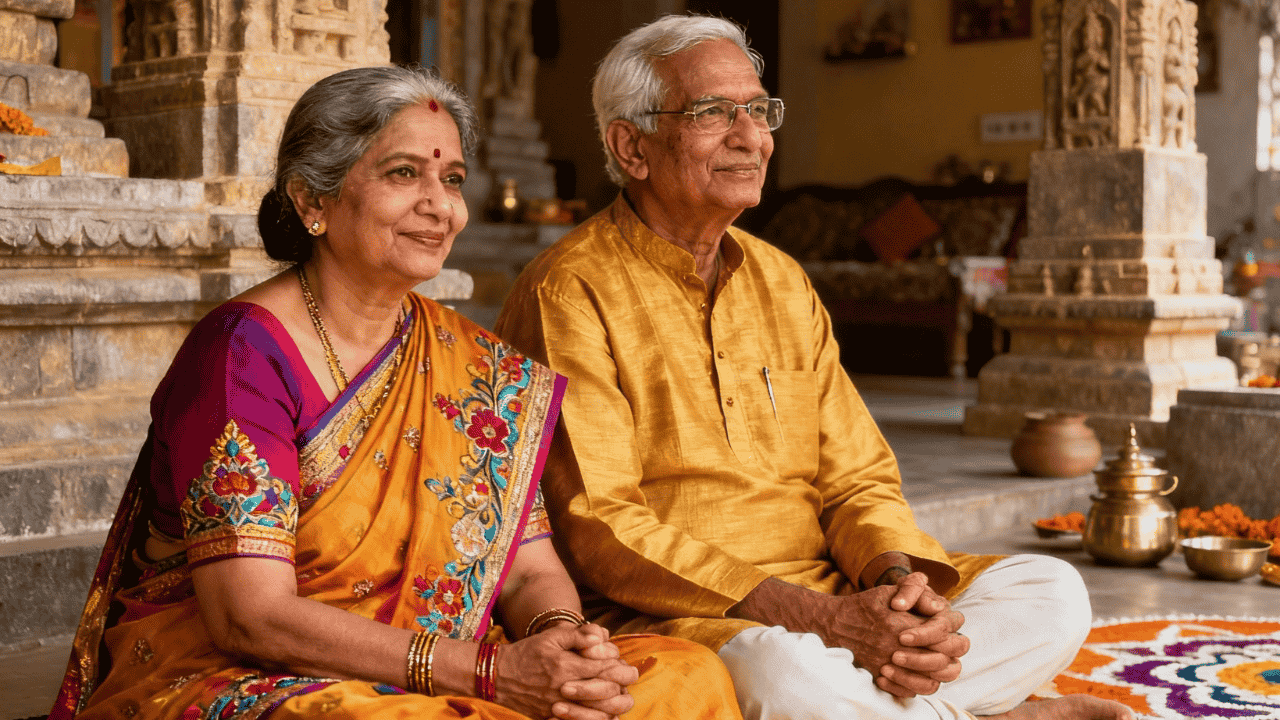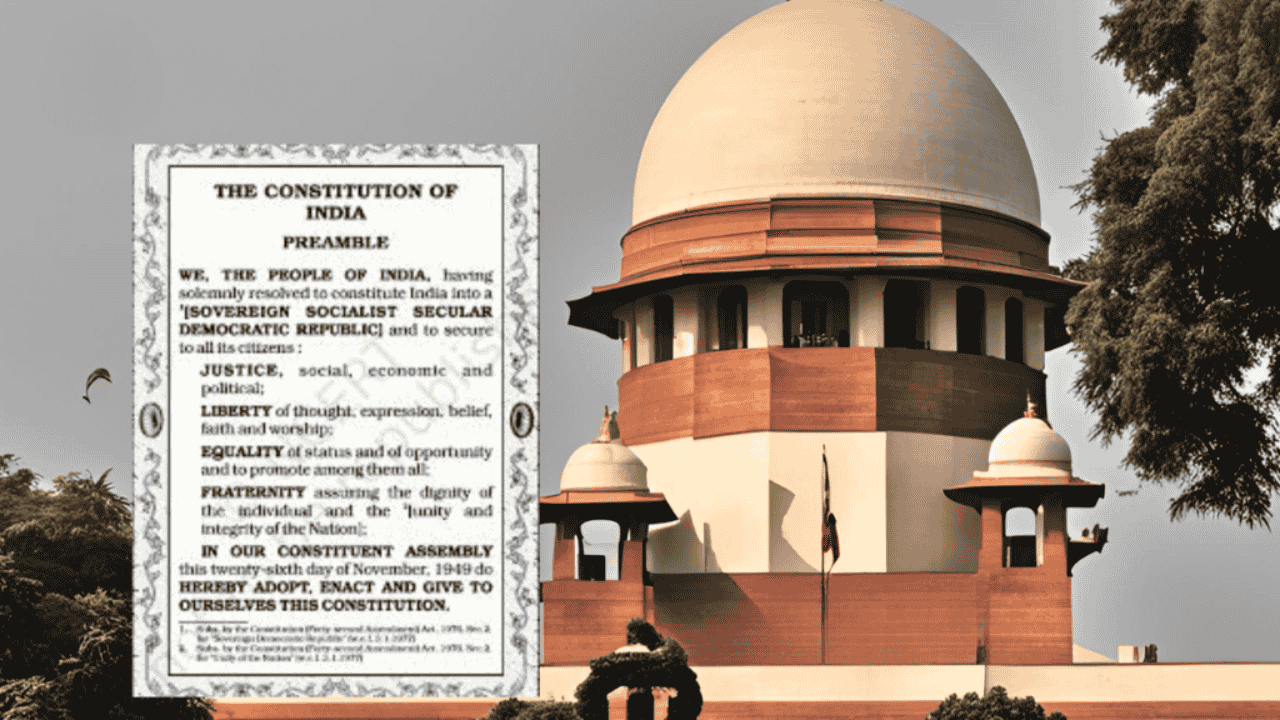Introduction
Secularism in India has always been a topic of intense debate, especially after the 42nd Constitutional Amendment in 1976, when the word 'secular' was explicitly added to the Preamble. Recent political discussions have once again raised the question of whether secularism was forcibly imposed during the Emergency or if it is a natural evolution of India’s constitutional values. This analysis reviews the historical foundations, constitutional development, and contemporary relevance of Indian secularism from an exam perspective.
Historical Foundations of Indian Secularism
Ashoka’s Legacy: Ancient Roots
Emperor Ashoka’s edicts (268-232 BCE) provide the oldest evidence of secular governance principles in India. His approach of religious tolerance and state neutrality laid the foundation for institutionalized secularism:
Rock Edict 7: "All religions should reside everywhere, for all of them desire self-control and purity of heart."
Rock Edict 12: Prohibited the glorification of one’s own religion and condemnation of others.
Dhamma Policy: Principles of governance based not on religious doctrine but on constitutional morality and ethics.
Ashoka’s Dhamma was not a religion, but principles of governance – a secular framework that promoted harmony among diverse religious communities while maintaining state neutrality.
Pre-Independence Constitutional Attempts
Motilal Nehru Committee Report (1928) – India’s first constitutional draft – clearly stated in Clause 4(11) that "there shall be no state religion for the Commonwealth of India or for any province, nor shall the state either directly or indirectly endow any religion or give any preference or impose any disability on account of religious belief or status."
Karachi Resolution of the Indian National Congress (1931), in Resolution No. 2(9), explicitly declared that "the state shall maintain neutrality in regard to all religions." Key principles established by this resolution:
Religious freedom for all citizens
State neutrality in religious matters
Protection of minority rights
Universal adult franchise
Even the Hindu Mahasabha’s draft constitution (1944), with Veer Savarkar’s approval, explicitly stated in Article 7(15) that "there shall be no state religion at either the centre or the provinces."
Constitutional Development and the 42nd Amendment
Emergency Context
The 42nd Constitutional Amendment Act, 1976 added the words 'socialist', 'secular', and 'integrity' to the Preamble. This amendment, also called the 'Mini-Constitution', brought extensive changes:
Major Changes: Amended 40 articles and the Seventh Schedule
Power Balance: Made fundamental rights subordinate to Directive Principles of State Policy
Judicial Limitations: Restricted the Supreme Court and High Courts’ power to review constitutional amendments
Supreme Court Validation
Kesavananda Bharati v. State of Kerala (1973) – three years before the 42nd Amendment – declared secularism as part of the Constitution’s basic structure. The Court held, "the secular character of the state, according to which the state shall not discriminate against any citizen solely on the ground of religion, cannot be done away with."
S.R. Bommai v. Union of India (1994) further defined secularism as "much more than a passive attitude of religious tolerance" and "a positive concept of equal treatment of all religions."
Contemporary Debates and Challenges
Current Political Discourse
Recent political statements have questioned the inclusion of 'secular' in the Preamble during the Emergency. However, the Supreme Court in Dr. Balram Singh v. Union of India (2024) dismissed such petitions, reaffirming that:
The amending power extends to the Preamble
Secularism represents equal treatment of all religions
The Constitution is a living document that evolves with time
Constitutional Interpretation
Indian secularism differs from Western models:
Western Secularism: Strict separation between state and religion
Indian Secularism: Positive secularism with equal respect for all religions
Role of the State: Allows intervention for social reform but maintains neutrality in religious matters
Relevance for Exam Preparation
Key Constitutional Provisions
Articles 25-28: Fundamental rights related to religion
Freedom of conscience and religion
Right to manage religious affairs
Protection from religious instruction in state institutions
Prohibition of discrimination based on religion
Article 51A(b): It is a fundamental duty of every citizen to cherish and uphold the noble ideals of the freedom struggle, including secularism.
Important Case Laws for UPSC
Kesavananda Bharati v. State of Kerala (1973): Basic structure doctrine, including secularism
S.R. Bommai v. Union of India (1994): Positive concept of secularism
Dr. Balram Singh v. Union of India (2024): Recent validation of Preamble amendments
Current Affairs Connections
Federalism and Secularism: Both recognized as elements of the basic structure
Emergency Period: Broader implications of the 42nd Amendment
Judicial Review: Role of courts in protecting constitutional values
Global Perspective and Comparative Analysis
International Models
Different secular models worldwide:
French Laïcité: Strict ban on religious symbols in public spaces
US First Amendment: Wall of separation between church and state
Indian Model: Principled distance and positive engagement
Contemporary Challenges
Modern challenges to secularism:
Political interference in religion
Communal polarization
Vote bank politics
Religious extremism
Exclusion of minorities
Why this matters for your exam preparation
For UPSC Civil Services:
Polity: Constitutional provisions, amendments, and judicial interpretation
History: Historical foundations from Ashoka to modern constitutional development
Current Affairs: Recent Supreme Court judgments and political debates
Essay Writing: Secularism as a core constitutional value
For State PCS and Other Competitive Exams:
Understanding federal structure and Centre-State relations
Constitutional history and development
Fundamental rights and duties
Judicial review and basic structure doctrine
Key Preparation Tips:
Understand the historical continuity from Ashoka to the Constitution
Clearly distinguish between Indian and Western secularism
Analyze recent Supreme Court judgments on secularism
Understand the relationship of secularism with federalism and democracy as basic structure elements
Practice questions on constitutional amendments and their judicial review
The debate over the place of secularism in the Constitution reflects broader questions about India’s constitutional identity. For competitive exam aspirants, understanding this evolution—from Ashoka’s ancient principles to modern constitutional provisions—provides deep insight into India’s governance system and contemporary political landscape.
External References:
PRS Legislative Research: 42nd Amendment
Why this matters for your exam preparation
This topic is extremely important for UPSC and other competitive exams because it not only connects the sections of the Constitution, polity, and history, but also has a direct link with recent events and judicial decisions. Understanding the true meaning of secularism, its Indian context, and constitutional development can give you an edge in essays, General Studies, and interviews.
For comprehensive preparation, study by integrating historical, constitutional, and contemporary perspectives.








